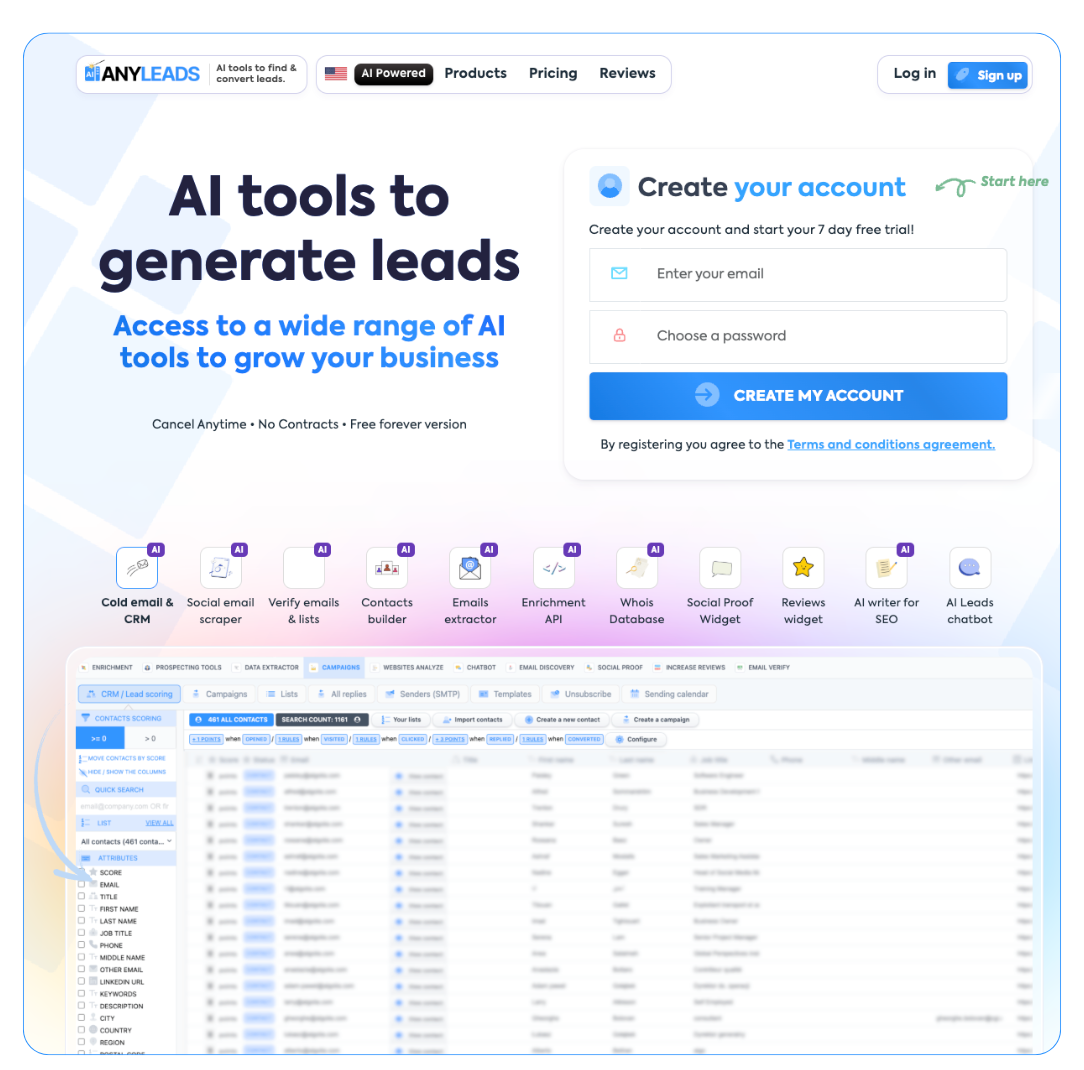 LIMITED SPOTS
All plans are 30% OFF for the first month! with the code WELCOME303
LIMITED SPOTS
All plans are 30% OFF for the first month! with the code WELCOME303

 LIMITED SPOTS
All plans are 30% OFF for the first month! with the code WELCOME303
LIMITED SPOTS
All plans are 30% OFF for the first month! with the code WELCOME303


The last 12 months have been one of the busiest stretches in modern SEO: Google pushed multiple core and spam updates, its “AI in search” experiments matured (and sometimes misfired), page-experience signals kept evolving, and privacy-driven tracking shifts continued to reshape how marketers measure results. The net effect: technical hygiene is table stakes, human-first content matters more than ever, and SEO is splitting between those who optimize for discovery and those who optimize for being the destination when discovery happens off-site.
We spoke with a Google Ads agency in Melbourne and here is what we discovered:
Google rolled out several major core updates during the period and kept tightening spam enforcement. These updates weren’t just cosmetic—many webmasters reported tangible traffic swings as Google's systems reweighted signals around content quality, on-page relevance and spammy tactics. At the same time Google made clear that sites affected by spam updates should audit compliance with spam policies and remediate offending content to recover.
What that means for publishers: expect volatility, monitor rankings closely, and treat a significant dip as a signal to reassess content quality, linking patterns, and any automated or low-value content generation.
Search engines publicly updated guidance around automatically generated content: using automation (including AI) to manipulate rankings is disallowed, yet well-written AI-assisted content that adds real value remains acceptable. Practically, algorithms have evolved to detect thin, repetitive or obviously automated copy and to reward content that demonstrates human expertise, experience, and nuance. So the pure “spin-and-publish” AI playbook is dying; the winning approach is human + AI: use models for research and drafts, but layer in unique insights, case studies, and first-hand experience.
Another big shift: Google’s experiment with AI-generated summaries and overviews on SERPs (the so-called “AI Overviews/SGE” features) demonstrated both potential and risk. While the technology can deliver fast answers, early rollout issues (inaccurate or bizarre summaries) forced Google to narrow scope and refine when AI summaries appear—an explicit reminder that AI isn’t a ranking panacea and can change click patterns dramatically.


AI summaries and richer SERP features have increased zero-click behavior—users getting answers directly on Google without visiting a website. That’s especially true for news, quick facts, and transactional queries. As a consequence, many publishers saw declines in organic referral traffic and are exploring new mixes of strategies: optimizing for featured snippets and knowledge panels where appropriate, but also building direct channels (email, apps, social, syndication deals) and improving on-page user value so that when users do click, they stay and convert. This is a strategic pivot from “rank first” to “own the user experience when you get them.”
Google’s Core Web Vitals landscape kept shifting: Interaction to Next Paint (INP) replaced First Input Delay (FID) as an interactivity metric earlier in the year, pushing developers to measure and optimize responsiveness differently. While content quality remains the dominant ranking factor, page experience—loading, interactivity and visual stability—continues to be a meaningful tiebreaker for closely matched pages. Technical fixes (faster servers, optimized JavaScript, image formats and careful lazy-loading) remain practical investments.
Local search saw increased enforcement around review authenticity and business profile manipulation. Platforms became more proactive in removing fake reviews and flagging suspicious business profiles, spurred in part by regulatory pressure. For local businesses this means your reviews and local signals must be legitimate and transparently earned; gaming local reviews is now a higher-risk strategy. Maintaining accurate business profiles, encouraging real customer reviews, and resolving complaints publicly are now part of core SEO hygiene.
For businesses looking to strengthen trust signals and improve local ranking performance, working with local Green Bay web design experts can ensure their site is built with the right technical foundation and user experience signals Google now prioritizes.


Privacy changes and the wind-down of third-party cookies continue to force marketers away from traditional client-side attribution. Even announcements that delayed or adjusted cookie plans didn’t change the direction: companies are adopting server-side measurement, first-party data strategies, modeled attribution and cohort approaches. SEO teams must work closer with analytics and product teams to instrument first-party tracking, set up event-based measurement, and accept more probabilistic attribution models.
Audit content for actual human value. If your pages could be generated entirely by an LLM with no additional reporting, data, or insight — raise a red flag. Add unique research, expert quotes, personal experience or proprietary data.
Treat technical performance as non-negotiable. Measure INP, CLS and LCP regularly; automate performance budgets into your CI/CD.
Defend reputation and local signals. Encourage verified reviews, fix NAP inconsistencies, and watch for fake reviews or abuse on your profiles.
Plan for lower click-throughs on some queries. Optimize for SERP features, diversify traffic channels, and improve on-site conversion when visits happen.
Instrument first-party data now. Server-side events, CRM joins, and consented user IDs will become the backbone of future measurement.
SEO hasn’t become less important; it’s just more complex. The last year forced a clearer split between short-term ranking tactics and long-term value creation. The winners will be the teams that blend rigorous technical SEO with human storytelling, robust measurement, and an acceptance that search engines are becoming answer engines — not just directories. Optimize to be found, yes — but more importantly, optimize to be meaningful once you’re found.